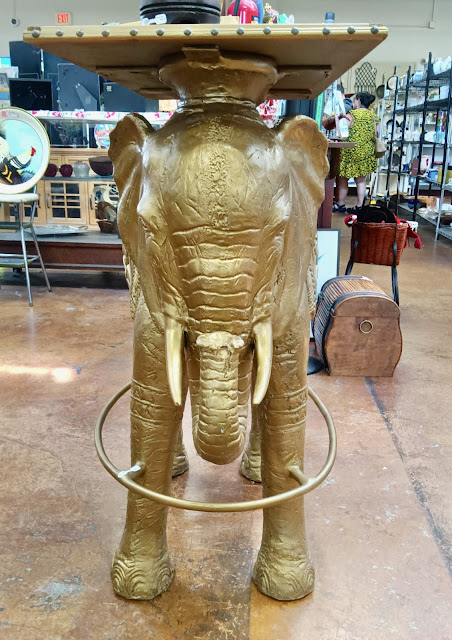Next-to-New is Austin's oldest consignment shop, founded in 1959 as an outreach ministry of St. David's Episcopal Church. We are the only nonprofit consignment store in Austin. Our profit goes to local charities and helps restore St. David’s Historic Church, an Austin icon on the National Register of historic places. Located at 5435 Burnet Road, our carefully curated and constantly changing inventory comes from donations, consignments, and estates.
Sunday, August 25, 2024
Two Heads are Better Than One. . .
Wednesday, August 21, 2024
I'm For An. . .
amphora as lovely as this one.
Although traditionalists might argue that an amphora is large double-handled vase used for storage in ancient Greece, to a collector of antique art nouveau, amphora instead refers to the delicate and detailed ceramic or terracotta art objects created in what was known as Bohemia from the late 1890s through the early 1900s. One company in this region marked its wares with the name "Amphora" and it has become a general descriptive term for the striking art nouveau vases, pitchers, ewers, bowls, and other decorative works from this era and area. This terracotta centerpiece bowl is indeed an amphora.
Art nouveau was an artistic movement from the 1890s through 1910s that looked to nature for inspiration and is exemplified by undulating and sinuous lines, giving the feeling of movement. It was a reaction against staid academic art and the overdone and eclectic Victorian decor. Nubile nymphs, such as this luscious lass, barely clad in swirling robes and flowing tresses, were a frequent feature in art nouveau works.
The piece is stamped "Stahlknetch" and with a model number. Waldemar Stahlknecht was a Germany factory specializing in terracotta and majolica during the amphora era.












